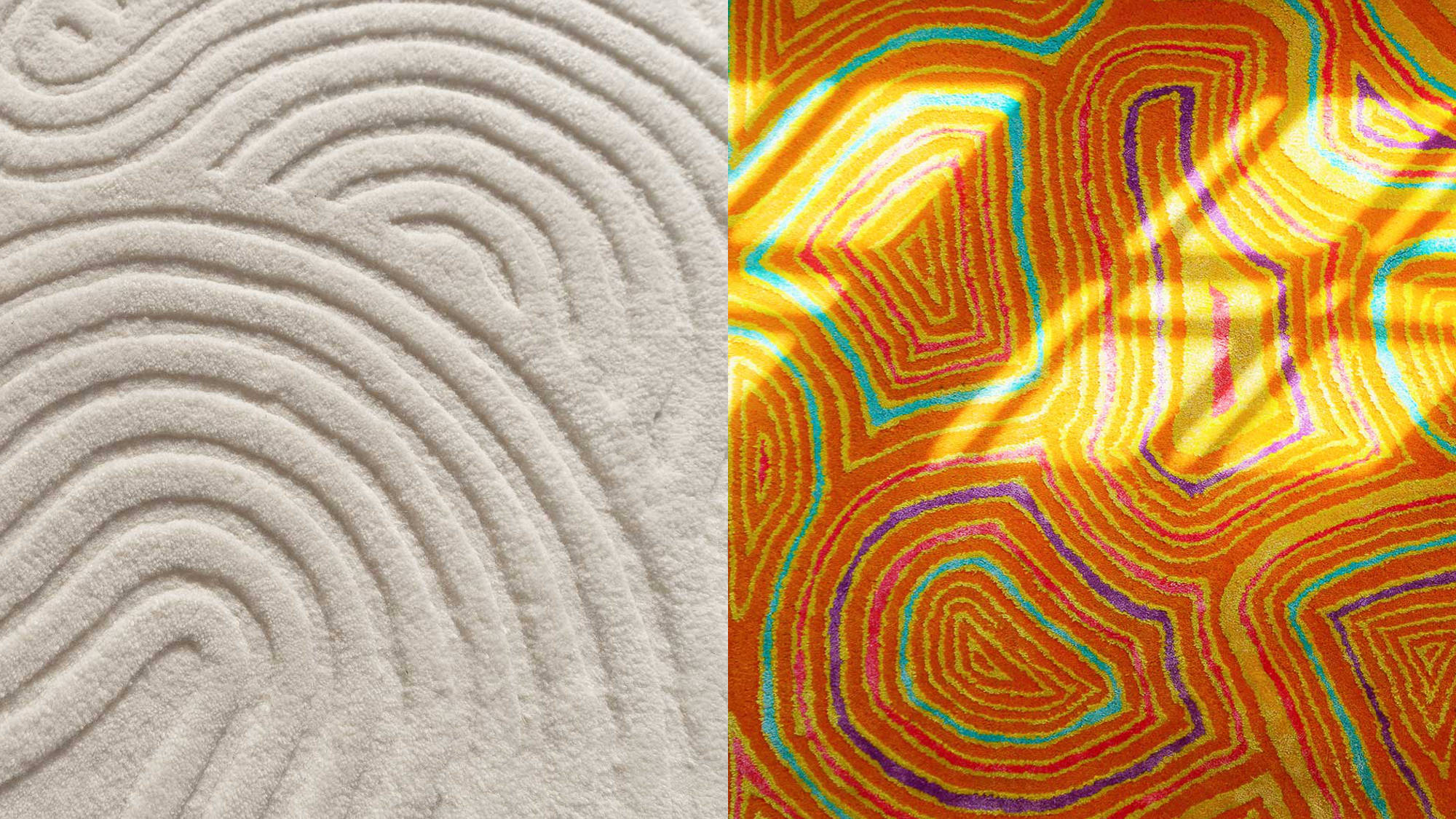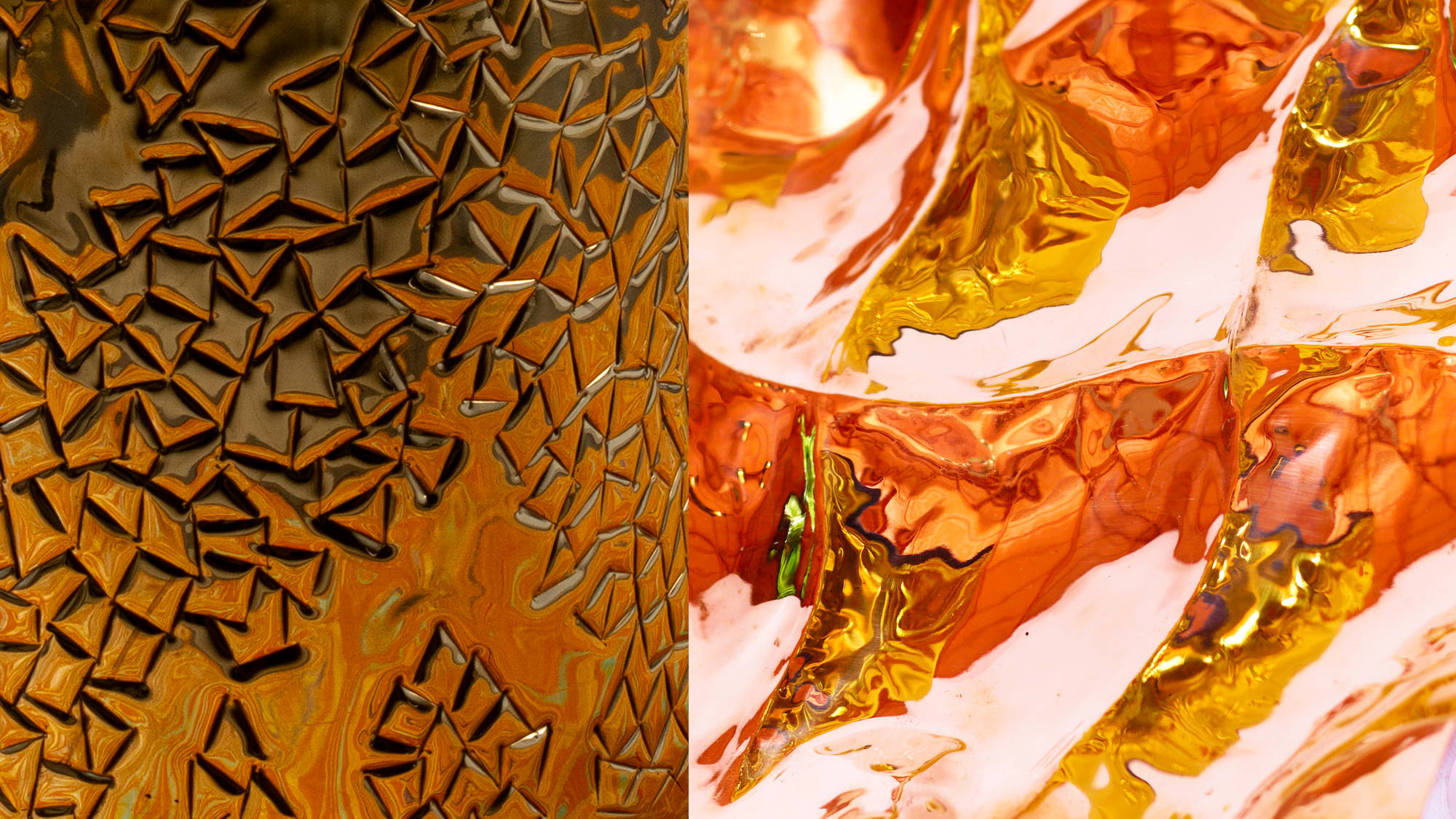Unique.
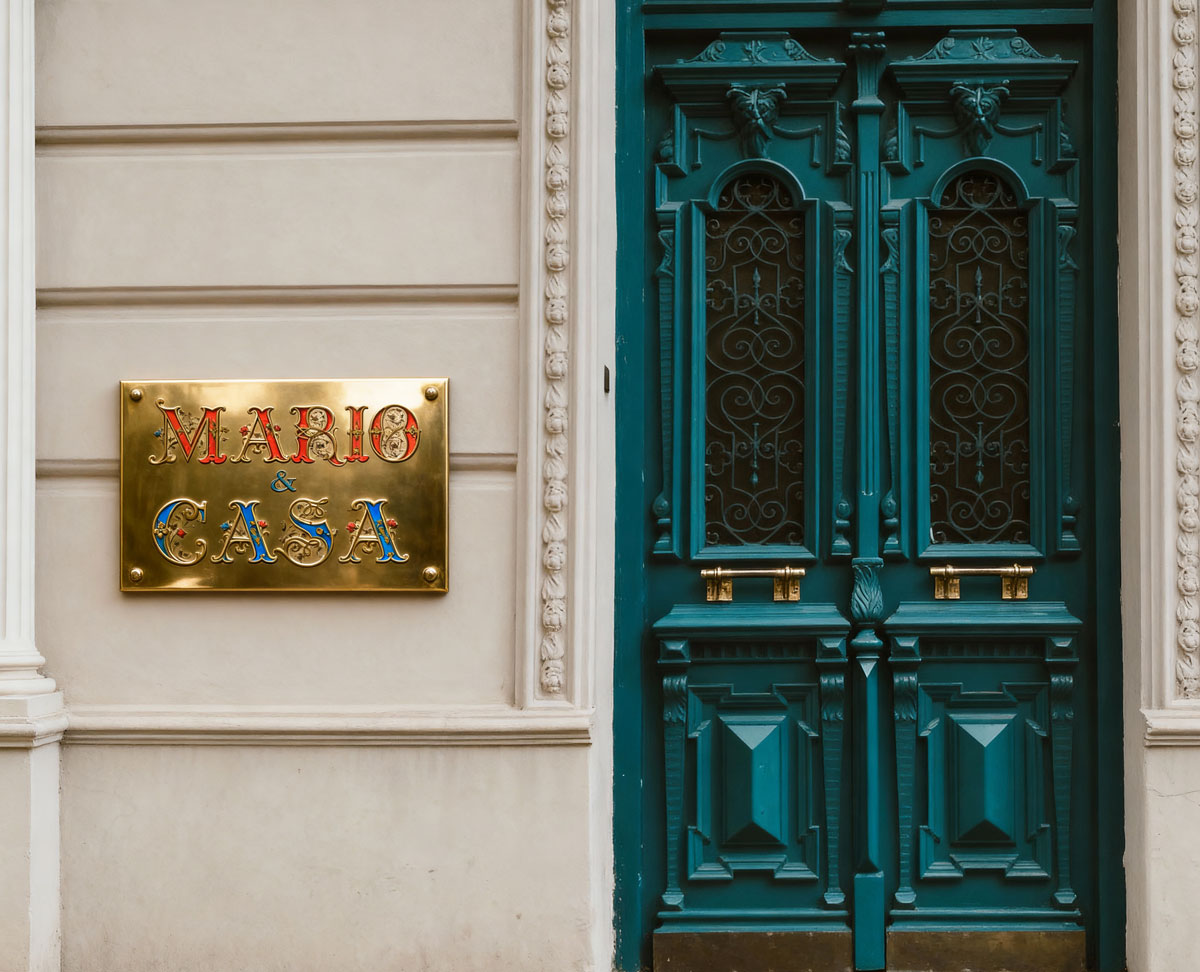
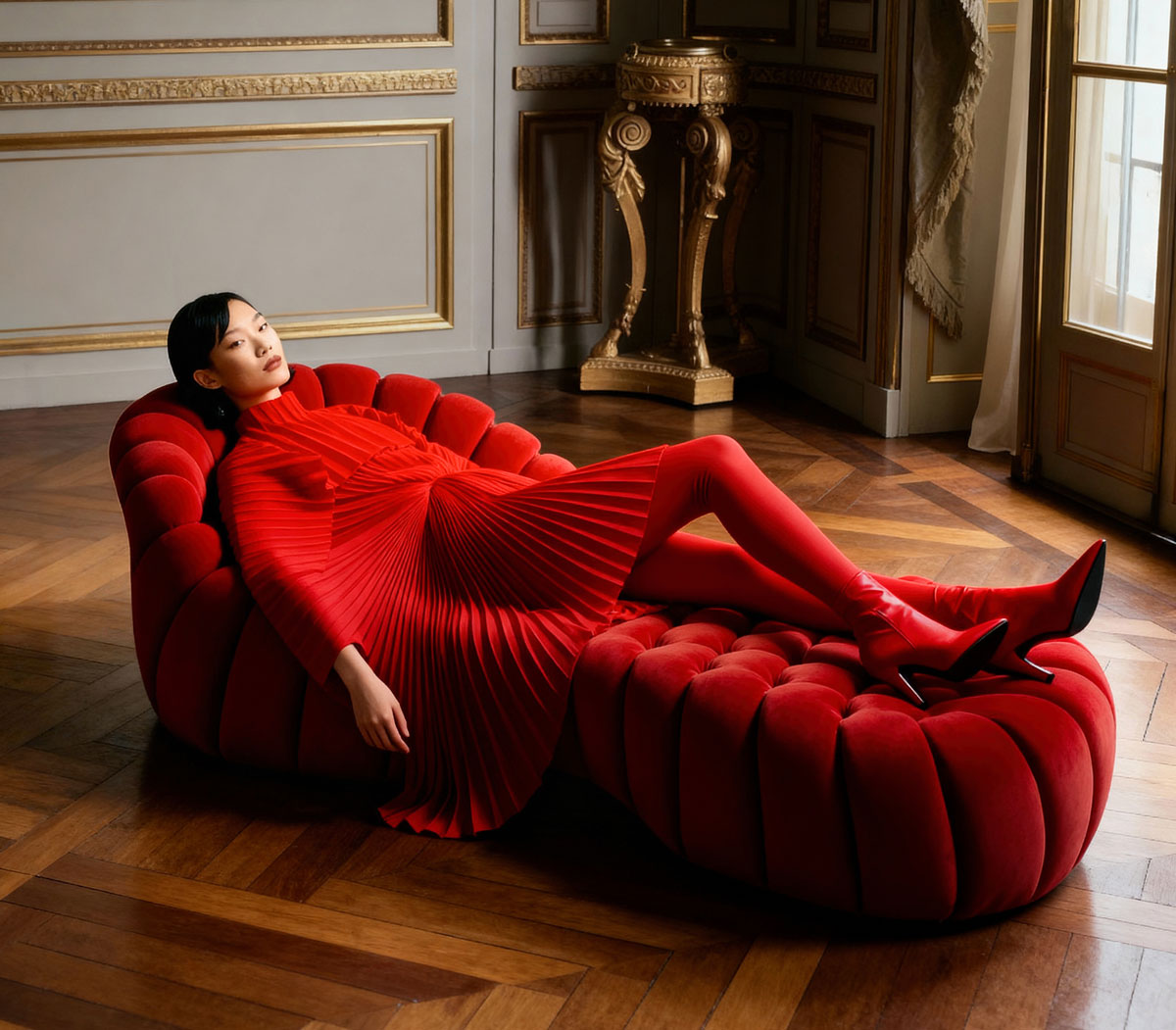
We are very picky. This fuels our drive to challenge the assumptions of design, of manufacturing, and of quality. Because we put so much effort into designing and making a chair, a couch, or a rug, the finished piece is so unique that it cannot be mass-produced. It is a physical artifact of a vision, a journey, and a statement in form. Therefore every creation by Mario & Casa is made in a strictly limited edition and accompanied by a certificate of authenticity.
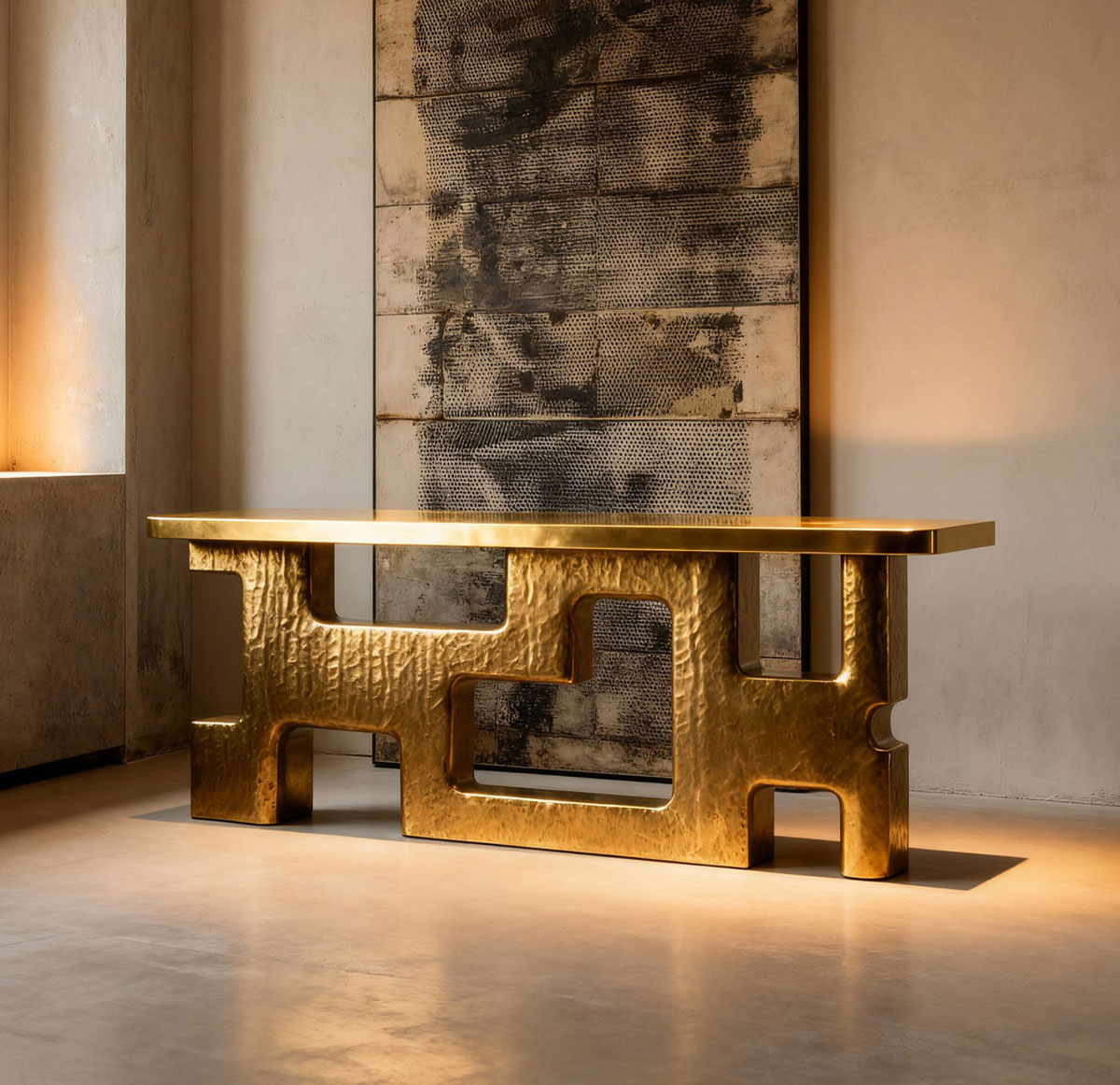
The Soul in Every Object
Here, there are no assembly lines, only masters in ateliers. A rug is composed, like music in warp and weft. A table is revealed, as the grain surrenders its hidden landscape to a master carpenter's tools.
Each Mario & Casa rug, each chair, each table is handcrafted with heritage techniques and ethically sourced, noble materials: New Zealand wool that whispers underfoot, hand‑spun silk that shimmers like memory, brass and silver that catch the light of intention, and ash and birch shaped by patient hands.
By choosing Mario & Casa, you rekindle a human connection. You partner with master artisans who pour their lineage into every creation. You invite into your space not a mass‑market commodity, but a rare dialogue between vision and craft, form and feeling.
Each Mario & Casa rug, each chair, each table is handcrafted with heritage techniques and ethically sourced, noble materials: New Zealand wool that whispers underfoot, hand‑spun silk that shimmers like memory, brass and silver that catch the light of intention, and ash and birch shaped by patient hands.
By choosing Mario & Casa, you rekindle a human connection. You partner with master artisans who pour their lineage into every creation. You invite into your space not a mass‑market commodity, but a rare dialogue between vision and craft, form and feeling.
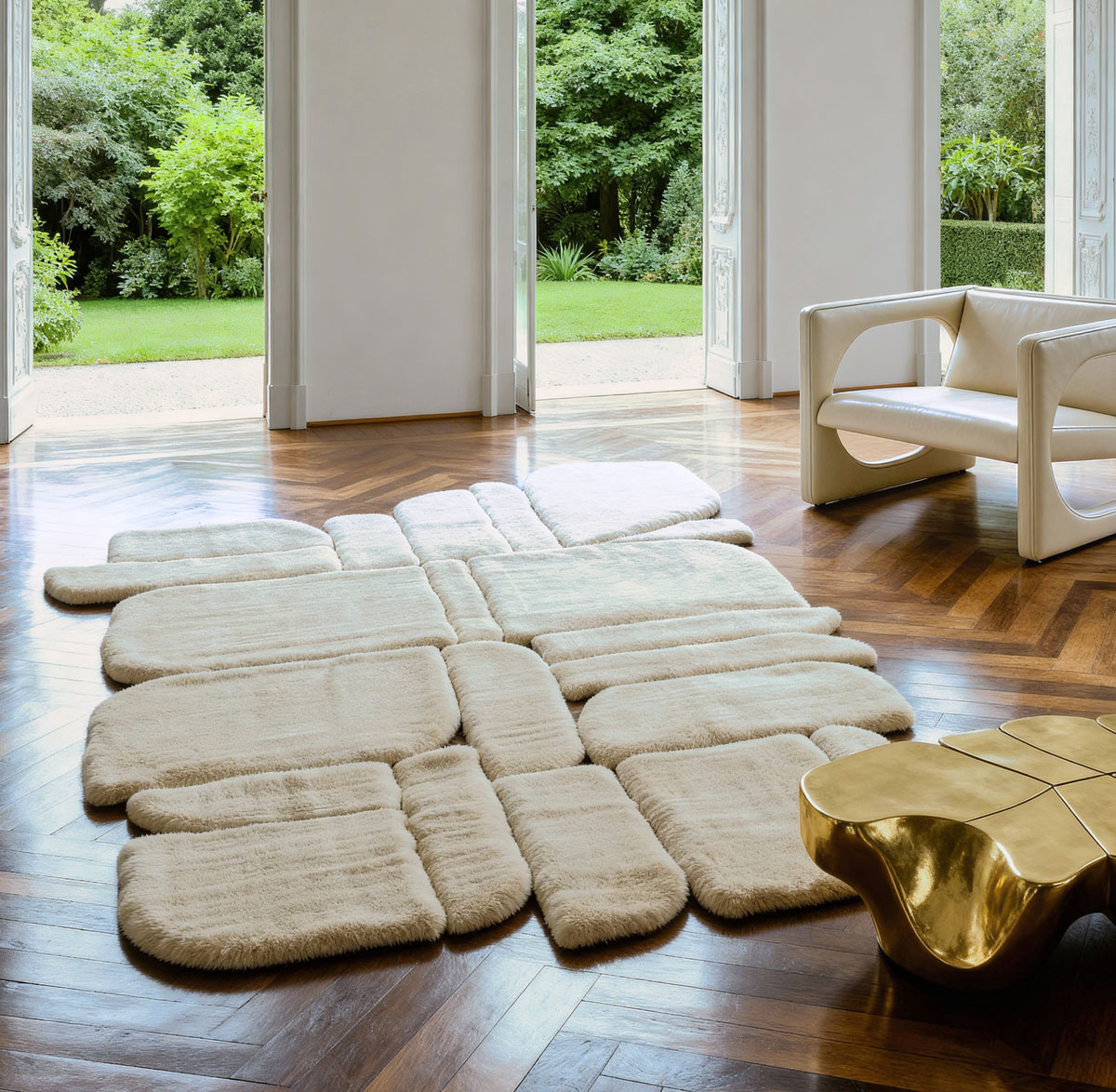
For design and luxury aficionados, we offer the Mario & Casa Member Program.
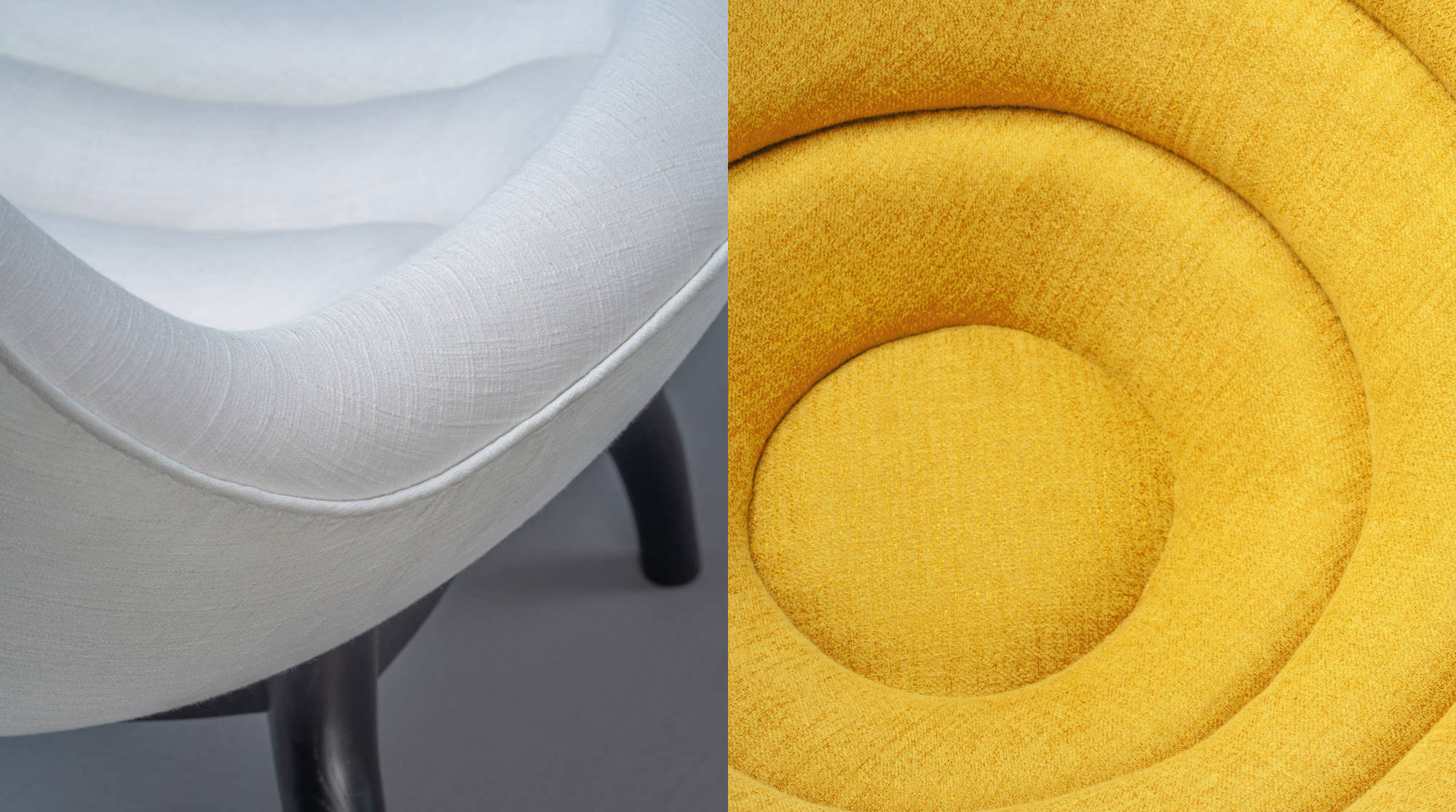

A life of design
For Mario & Casa founder Mario Gagliardi, design is a universal language to connect people with values and narratives. After his studies under legendary designers Alessandro Mendini and Richard Sapper, he designed luxury accessories for Bergdorf Goodman in the US and Takashimaya in Japan. As chief designer at LG in South Korea he was the creative force behind one of Asia's most successful luxury cosmetics series, The Whoo. He also was design consultant for Samsung, CEO at Qatar Foundation, and taught as design professor in Korea and Denmark. Next to Mario & Casa, he runs the Mario Gagliardi design studio.

